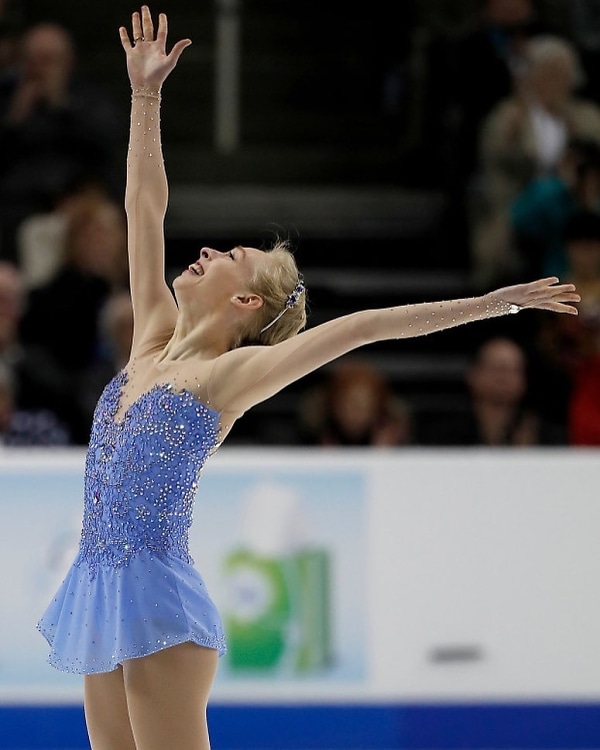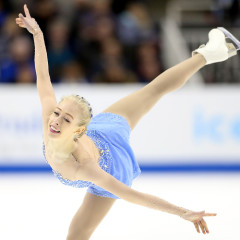It's important to understand what type of work you're fueling for

Slow twitch muscle fibers contract slowly but have incredible staying power. Think about the muscles in your back that help you sit up all day long as a good example. This is what athletes in endurance sports rely on.
Fast twitch muscle fibers, on the other hand, contract quickly and allow for short bursts of frantic activity — but they also tire out quickly. Athletes who do short, frenetic sports rely more heavily on these muscle fibers. Most muscle groups in the body are composed of a mixture of slow and fast twitch fibers.
Luckily, Team USA has some help with that. US Ski and Snowboard team chef and registered dietitian Megan Chacosky has traveled to Pyeongchang with Team USA. By the time the 2018 Winter Olympics have wrapped, Chacosky and a team of chefs will have prepared about 3,000 meals for the US Ski and Snowboard team and their staff alone.
But just how much do these athletes eat in a day?
"Most athletes consume between 3,000 and 4,000 calories per day," Chef Chacosky told ABC News.
These high demands mean that some athletes have a tough time keeping up with all the food they need to eat to maintain their strength.
"I burn through a lot of fuel between training, racing and being in cold temperatures, and if I struggle with anything it's finding a way to get enough food," cross-country skier Sophie Caldwell told Delish.
[Photo via @bradietennell]


.jpg)
.jpg)



.jpg)
.jpg)
.jpg)




